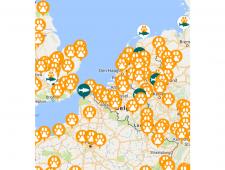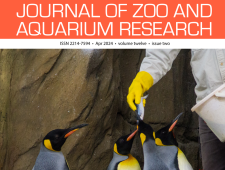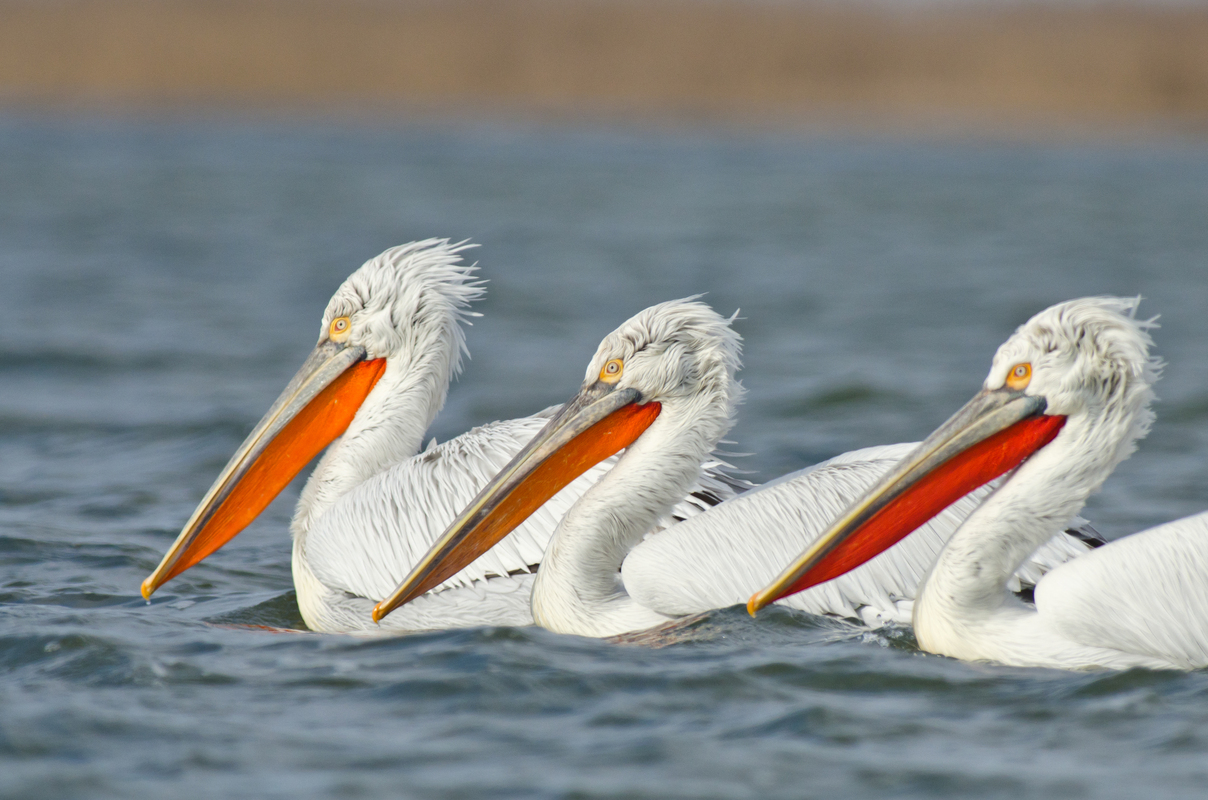Dalmatian pelican
Programme roles
| • Insurance maintaining a demographically and genetically stable and behaviourally competent EEP population for potential future reintroduction in accordance with IUCN Reintroduction Guidelines • Conservation education Dalmatian pelicans are native European species and can be used to educate visitors about wetland conservation • Ex situ research (veterinarian) In the wild Dalmatian pelicans have issues with parasites. The EEP population can serve as a research model to develop techniques to deal with parasites. |
|
| • Exhibition (Attractiveness) Dalmatian pelicans are attractive species to hold and are often use for bird demonstrations and feeding demonstrations. |
Programme numbers
In January 2024, the Dalmatian EEP had 522 animals in 61 institutions.
Programme highlights
- EAZA published its 2021 Annual TAG Report.
- The waterfowl and Pelecaniformes TAG Chair gave a presentation about the TAG at the 2020 Waterfowl Conservation Workshop. You can see the PDF file here to learn more about the TAG and programmes under their remit.
- EAZA Member Diergaarde Blijdorp (Rotterdam) was part of a study to investigate if it was possible to reintroduce Dalmatian pelican to areas in the Netherlands. The preliminary results were promising though more investigating is needed.
- Wild Dalmatian pelican populations are currently heavily threatened by the avian flu.
 This work is supported by the European Union LIFE NGO funding programme. The European Union is not responsible for the views displayed in publications and/or in conjunction with the activities for which the grant is used.
This work is supported by the European Union LIFE NGO funding programme. The European Union is not responsible for the views displayed in publications and/or in conjunction with the activities for which the grant is used.






